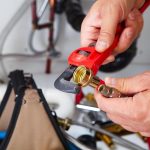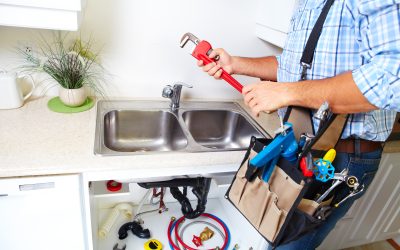Exposure to radon gas is known to be one of the leading causes of lung cancer. However, not many people realize that radon can also find its way into the water supply. Because it can’t be seen, tasted or smelled, detecting it in the water isn’t easy. Using specialized equipment is the only way to detect its presence.
The current statistic
Household water that’s been contaminated by radon is said to be responsible for about 30 to 1,800 deaths every year, as reported by the Centers for Disease Control and Prevention (CDC). If you believe your private well isn’t contaminated, you might want to give it a second thought, especially if there are high levels of radon in the area. The higher those radon levels are, the more likely it is to for your own property to be contaminated.
Do you have a radon problem?
If one of the homes in the area recently tested positive for high levels of radon, it could be a sign that your home has them as well. The only way to know is to have your home tested.
Home tests can help
Home tests can help you detect the presence of radon in the water system. Short-term tests only require about 2 to 7 days of testing, after which, you’ll know if there’s a radon problem in your home. That way, you can take steps to eliminate the problem.
Find a radon mitigation service
There are two ways you could get the radon in the water system out: aeration treatment and GAC treatment. Talk to a mitigation service to know which of these two options is ideal for your property and budget. Look for a radon solutions provider that can help install the treatment system you need as soon as possible. The sooner that’s up and running, the more effectively you and your family will be safe from radon exposure. Contact S.W.A.T. Environmental to schedule an appointment for your own peace of mind.








